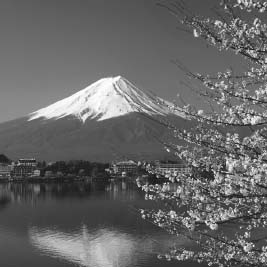ShintoMembership, Community, Diversity |
What issues have characterized Shinto’s relationships to other traditions? |
Shinto has important connections primarily to Buddhism and Confucianism, and secondarily to the Christianity that missionaries brought to Japan in the early modern period. During much of medieval and early modern times, Shinto and Buddhist leaders and teachers worked together at articulating points of theological cooperation between various schools of thought in the two traditions. That ongoing interaction resulted in the various types of Ryobu (Dual or Two-sided) Shinto as well as other syncretistic denominations and sects. Such cooperation continued until the thirteenth and fourteenth centuries, when some Shinto thinkers developed belief systems in which Shinto stood at the top of a theological mountain. By the seventeenth century, the “National Learning” movement began to offer a fully articulated interpretation of Buddhist-Shinto relations. Scholars suggested that the major figures of the Buddhist pantheon were nothing more than local forms of the kami, and that the emperor descended directly from the Sun goddess, Amaterasu.
Confucianism had by that time made its presence felt more vigorously than ever through its impact on courtly life and administration of the Tokugawa shogunate (1600-1867). Confucian scholars and bureaucrats also contributed significantly to the Meiji Restoration in 1868. But the more closely Shinto theology came to be identified with the Japanese throne, the more it developed into a national ideology with little room for systems of belief considered non-Japanese—Buddhism and Confucianism, first and foremost, but now missionary Christianity as well. Contemporary Shinto has once again become more open to interaction with other traditions, and Shinto leaders take it for granted that many who worship at shrines also maintain other religious affiliations. For many Japanese, the Kami Way is not a separate system of religious beliefs. It is simply what all religious persons believe underneath all their otherwise distinctive doctrines. Shinto is therefore nothing less than the very essence of acknowledging the divine in the world.

The focus of Fuso, one of the thirteen kyo of sectarian Shinto, is the deity of Mt. Fuji, Sengen Daishin.
